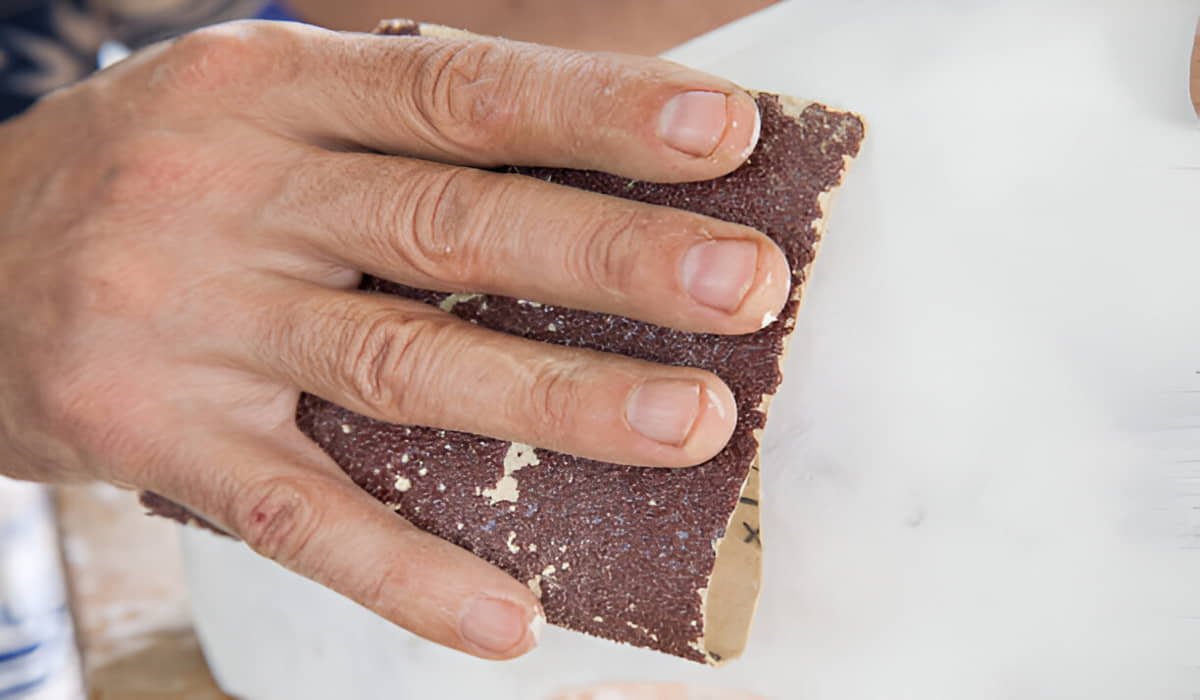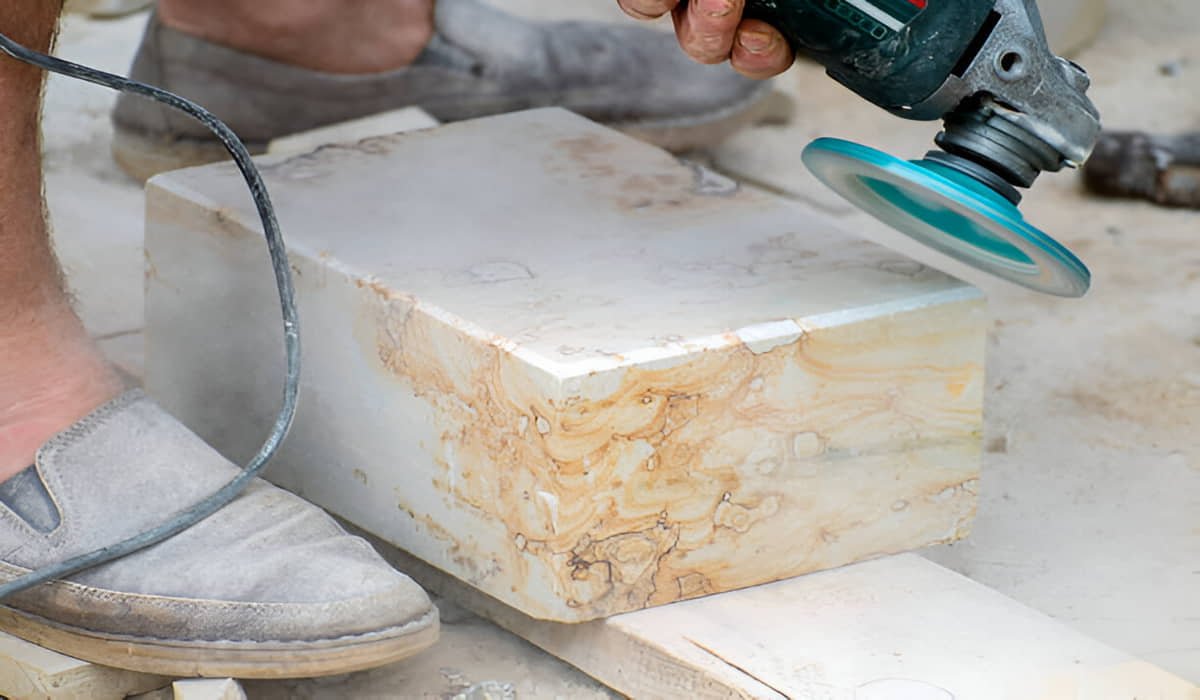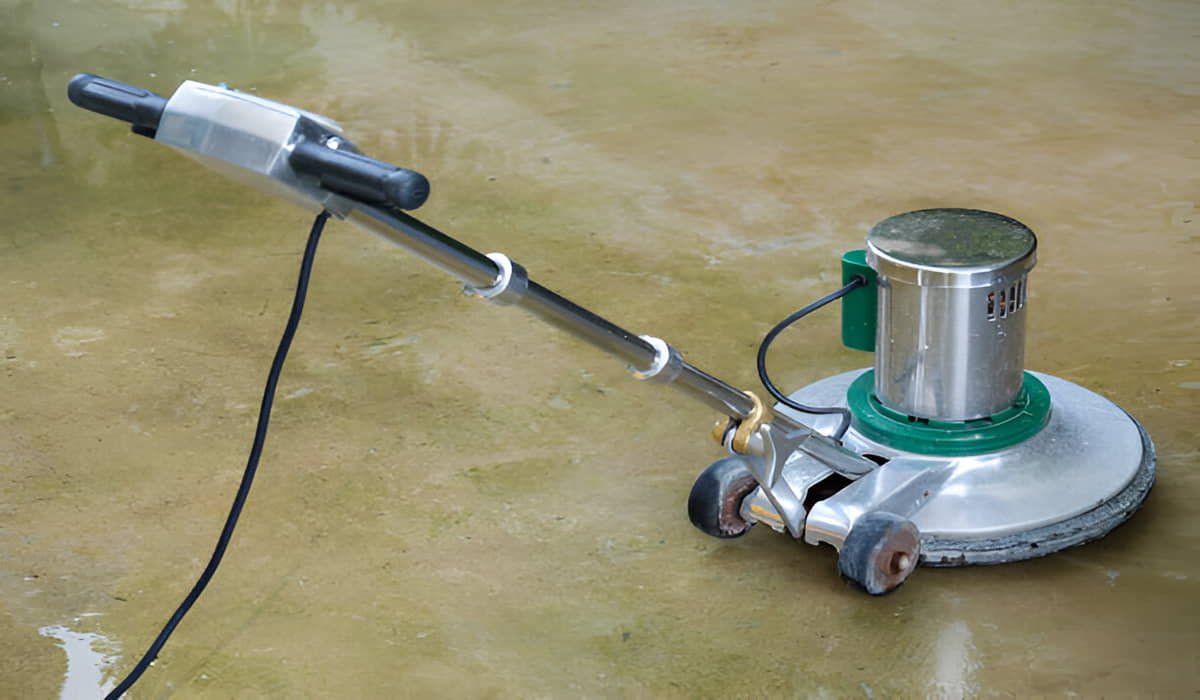Baking soda does not really shine marble. It’s a gentle cleaner that helps remove dirt and stains but won’t bring back marble’s natural shine. Marble needs special care to keep its smooth, glossy look, and baking soda alone can’t do the job.
Marble is a soft, porous stone. It looks beautiful but needs careful cleaning. People often try home remedies like baking soda to clean marble because it’s cheap and easy to find. But when it comes to shining marble, baking soda falls short.
Let me explain why.
What Baking Soda Does on Marble
Baking soda is a mild alkaline powder that works great as a cleaner. It scrubs away grease, food stains, and other grime without harsh chemicals. Many people mix it with water to form a paste and rub it on surfaces.
On marble, baking soda can help lift some stains. It’s gentle enough not to harm the stone, unlike acidic cleaners that eat away at marble’s surface. However, cleaning and shining are two different things.
Think of marble like your hair. Baking soda is like washing it with water, it cleans but doesn’t make it shine or smooth. To get that glossy look on marble, you need polishing, which baking soda doesn’t do.
Why Marble Needs Special Care
Marble is made of calcium carbonate. That means it reacts badly to acids like lemon juice, vinegar, or some cleaners. These acids cause dull spots or tiny pits in the stone. Baking soda is safe because it’s not acidic, but it’s also not strong enough to polish marble.
Marble surfaces get their shine through polishing with diamond pads or special polishing powders. This process smooths out tiny scratches and seals the surface so light reflects better. Baking soda can clean, but it can’t smooth or seal.
Can Baking Soda Damage Marble?
Baking soda is mostly safe for marble if used carefully and sparingly. It won’t harm the stone if you don’t scrub too hard. But if you leave the baking soda paste sitting too long, or rub aggressively, it might dull the surface.
Marble is sensitive. Even rough scrubbing can cause tiny scratches. So, it’s better to use soft cloths or sponges when cleaning marble with baking soda.
How to Use Baking Soda on Marble Correctly
If you want to try baking soda to clean marble stains, here’s a simple way:
- Mix baking soda with water to form a paste (about 3 parts baking soda to 1 part water).
- Apply the paste gently on the stain using a soft cloth.
- Let it sit for 5 to 10 minutes, but don’t let it dry fully.
- Wipe off the paste with a damp cloth and dry the surface with a soft towel.
This method helps lift stains but won’t polish or shine the marble.

What Actually Makes Marble Shine?
Marble shine comes from polishing and sealing, not cleaning powders. Professionals use machines with diamond polishing pads that grind the surface smooth. Then, a sealant is applied to protect the marble from stains and wear.
You can try some mild polishing at home with products made specifically for marble. These usually contain fine abrasives and wax-like materials that fill scratches and add gloss.
But baking soda? It’s too rough and too weak. It’s like using sandpaper to wash your car, it cleans but won’t give a glossy finish.
Better Ways to Keep Marble Shiny
Here are some better ways to keep marble surfaces looking great:
- Use a pH-neutral cleaner made for marble. These cleaners protect the stone and keep it bright.
- Wipe spills immediately, especially acidic ones like juice or wine.
- Clean regularly with a soft cloth and warm water.
- Avoid abrasive cleaners, bleach, or acidic liquids.
- Get professional polishing every few years, depending on wear.
What About Homemade Marble Polishing?
Some homemade marble polish recipes use baking soda mixed with other ingredients like olive oil or vinegar. Be careful, vinegar is acidic and can harm marble. Olive oil can leave a greasy residue that attracts dirt.
If you want to polish marble at home, it’s safer to buy a product made for marble polishing. These are tested to work without damaging the stone.
Is There a Risk in Using Baking Soda Regularly?
Using baking soda every now and then isn’t a big risk. But if you scrub your marble floors or countertops with baking soda too often, the tiny grains might wear down the surface over time. It’s a bit like sandpaper — gentle once, rough after many uses.
For everyday cleaning, stick to water and a mild marble cleaner. Use baking soda only for stubborn stains.
The Truth About DIY Marble Shine
Marble shine is tricky. It’s not about rubbing powders or scrubbing harder. Shine comes from smoothness and protection. Imagine glass, it’s smooth and shiny because of how its surface is finished. Marble needs the same.
That’s why professional polishing uses tools designed to make marble surfaces flat and smooth. These tools remove scratches and restore the natural shine.
Summary: Baking Soda and Marble Shine
- Baking soda cleans marble gently.
- It doesn’t polish or shine marble.
- Overuse can dull the surface.
- Marble shine comes from polishing, not cleaning.
- Use baking soda only for light stain removal.
- For shine, use marble polish products or hire pros.
Final Thoughts
If you want your marble looking bright and smooth, baking soda can’t do it alone. It’s good for cleaning but not for shining. Marble needs care that goes beyond scrubbing.
I suggest using baking soda as a mild cleaner and saving the polishing to products made for marble or a professional marble polishing service. That way, your marble keeps its beauty without damage.






